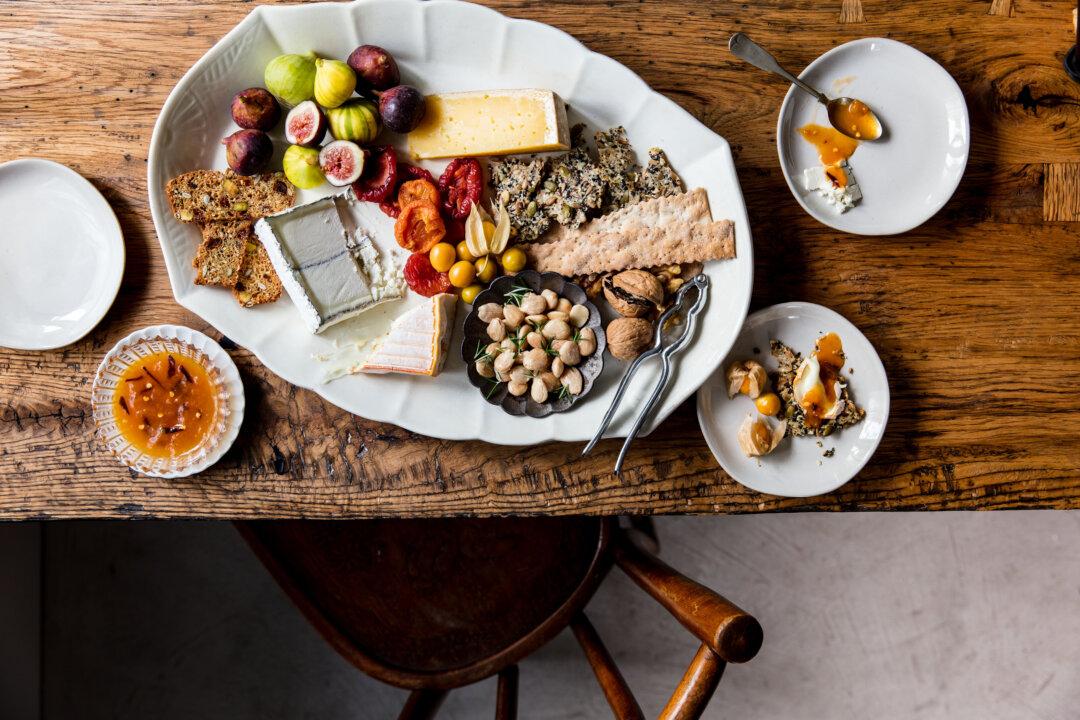I usually don’t like to be variety-specific, but I must admit that my real secret in this recipe is using locally grown Blenheim apricots in season. It is really amazing to work with this fruit, as it is the only fruit I have discovered that actually wants to become jam. Most fruits you need to work with and coerce to become that delicious, velvety spread. But the Blenheim apricot practically jumps into the pot and transforms itself! I also think this is one of the rare fruits that actually tastes better as jam than it does raw. This is one of our favorite jams year after year, and we recommend that you make a good amount of it when apricots come into season.
I am sure you can use other varieties of apricots, too—the apricots that are best for jam are dense, not too watery, and have a strong sweet-and-tart flavor. While I usually recommend that you choose 80 percent ripe fruit and 20 percent underripe fruit for your low-sugar jams, apricots are my exception to this rule because they gel up fine every time even though they don’t have a lot of pectin. They’re much more forgiving than other fruits in this matter. This makes apricot jam a wonderful place to start making jam.






